LANEVILLE, W.Va. — At more than 4,000 feet above sea level, the Dolly Sods Wilderness in West Virginia has become one of the most recognizable outdoor recreation destinations in the Appalachian Mountains.
Once considered remote and difficult to reach, the completion of the US-48 expressway from Washington, D.C., has dramatically changed how people experience the sods. What was once a hidden highland plateau is now accessible to thousands, drawing larger crowds each year.
On busy days in spring, summer, and fall, trailheads that were once nearly empty now overflow with cars. (In winter, however, the Dolly Sods are closed, when cold winds and heavy snow render the area impassable.)
Covering more than 17,000 acres of rocky plateau and featuring unrivaled panoramic views, Dolly Sods is celebrated worldwide for its spectacular scenery, delicate ecosystems, and its power to leave lasting impressions on visitors.
Scott Durham, who has been camping and guiding at Dolly Sods for decades, says there's something here that doesn’t exist anywhere else in West Virginia or the eastern U.S.
“Dolly Sods is just different,” Durham said. “You go up there, and it feels like a different world. You’ve got these open vistas, these bogs and rocks, spruce trees, and you can see for miles and miles. It’s not what people think of when they think of West Virginia.”
Dolly Sods Wilderness in West Virginia
The Dolly Sods Wilderness was established by Congress in 1975 and is managed by the U.S. Forest Service as part of the 919,000-acre Monongahela National Forest. The high plateau rises from 2,600 feet to more than 4,000 feet along the Allegheny Front.
According to the Forest Service, its expansive views make Dolly Sods “one of the most popular wilderness areas in the eastern United States.” Durham has seen firsthand how improved access, especially after the US-48 expressway, has fueled that popularity.
“You go up there during the summer these days, and the lots are packed,” he said. “Every trailhead you go to, there are cars lined along the roads. Folks are coming from everywhere, not even West Virginia, but Ohio, Pennsylvania, D.C.—all over. It’s a destination.”
Dolly Sods Weather and Landscape
The Forest Service describes Dolly Sods as a region of extremes where frost can occur any month of the year, sudden storms are common, and weather shifts quickly. Its bogs, heath barrens, meadows, and rock plains resemble Canada more than Appalachia.
Durham said those weather extremes are part of the appeal. “It’s sunny and pleasant one minute, and then a cloud comes and you can’t see 10 feet down the road,” Durham said. “You have to really respect the place. It’s beautiful, but it’ll humble you.”
He warns that “wilderness” truly means wilderness. “There are no signs, no blazes, no cell coverage. You need to know how to read a map and compass or at least be willing to get lost,” Durham said. “I have watched people up there in flip-flops and with one bottle of water, and they don’t even know what they are getting themselves into.”
Dolly Sods crowds and hiking pressure
For decades, Dolly Sods was remote and lightly visited. That has changed dramatically in recent years, thanks to faster access from Washington, D.C., and surrounding states. The Forest Service now cautions that visitors should expect heavy use, especially in summer and fall, and advises arriving early to find parking at Bear Rocks, Red Creek, and Blackbird Knob.
Durham remembers when the experience was very different. “When I first started going up there, you could hike all day and maybe see one or two other individuals,” he explained.
“Now, on a Saturday, it’s like a highway on some of the trails. You’ll see packs of dogs, big backpacking groups, photographers, everybody. It’s good because people are getting out and looking at it, but it’s hard because the trails get trashed.”
Still, he said, solitude remains for those willing to seek it. “If you get off the highways, you can still have solitude,” Durham said. “You drive out to Lion’s Head or down into some of the hollows, and you’re alone for hours. That’s the magic of it — the crowds are at the trailheads, but the wilderness is still there.”
Dolly Sods history and logging impacts
Dolly Sods bears the marks of its past. Clear-cutting in the late 19th and early 20th centuries was followed by wildfires that scorched the plateau. Today, red spruce, heath, and open meadows dominate, but scars remain. The result of that scarring, however, created the tundra-like environment that defines the sods today.
“You’re going to be walking along and there are these huge old stumps there, or you’ll see where the fires scorched the ground,” Durham said. “It’s amazing to envision how it was a hundred years ago compared to now. Nature heals, but it leaves scars too.”
Dolly Sods Hiking Trails
The Forest Service maintains nearly 50 miles of trail, though many follow old rail grades and aren’t always well marked. Popular hikes include Bear Rocks to Raven Ridge, Rohrbaugh Plains, and Blackbird Knob. Durham said every season offers something new.
“Every season is special up there,” Durham said. “In the spring, you’ve got the wildflowers in the meadows. Summer, all the green, everything’s growing. Fall is just incredible — the colors, the blueberries, the chill in the air. Even winter, if you can stand it, is just another dimension. Snow blowing sideways off the boulders — like you’re on the top of the world.”
Dolly Sods: Leave-No-Trace
The Forest Service urges visitors to practice Leave-No-Trace principles, noting that Dolly Sods is especially fragile. Campfires are restricted in places, group sizes are limited, and plants take years to recover from damage.
Durham stresses the same point. “It doesn’t take much to damage the place,” he said. “One tent in a meadow, one fire ring in the wrong spot, and it’s there for years. People need to realize this isn’t a campground. It’s a wilderness, and we’ve got to treat it that way.”
He often brings newcomers to teach them the value of the landscape. “When I take friends up there, I always tell them — you’re going into something special,” Durham says. “It’s not a park that you walk a loop and go home. It’s wild, and it’ll always be wild if we treat it right.”
Dolly Sods as a dark-sky destination
Dolly Sods Wilderness has also gained a reputation as one of West Virginia’s premier dark sky destinations. Far removed from major cities and shielded from light pollution by its high elevation, the sods offer remarkably clear night skies where the Milky Way stretches in dazzling detail from horizon to horizon.
On crisp summer and fall nights, stargazers gather at overlooks like Bear Rocks to watch meteor showers, trace constellations, and experience a sky that feels untouched by modern glow.
For amateur astronomers and casual visitors alike, Dolly Sods provides one of the most awe-inspiring celestial views in the eastern United States — a reminder that the wilderness is as spectacular above as it is below.
Why Dolly Sods matters
For Durham, Dolly Sods is not just another hiking destination. “I’ve done it all—out West, up North, down South,” he said. “But Dolly Sods is home. It’s where I go to reset, to remind me of what’s important. Every time I’m up there, I feel like I’m looking at it again for the first time.”
Even with the traffic brought on by the new highway and the growing crowds, he insists the wilderness remains worth the effort.
“It’s worth it,” Durham said. “Even with the crowds, even with the mud, even when you’re lost — it’s worth every step. Dolly Sods is one of those places that gets into your blood.”
Map of Dolly Sods Wilderness
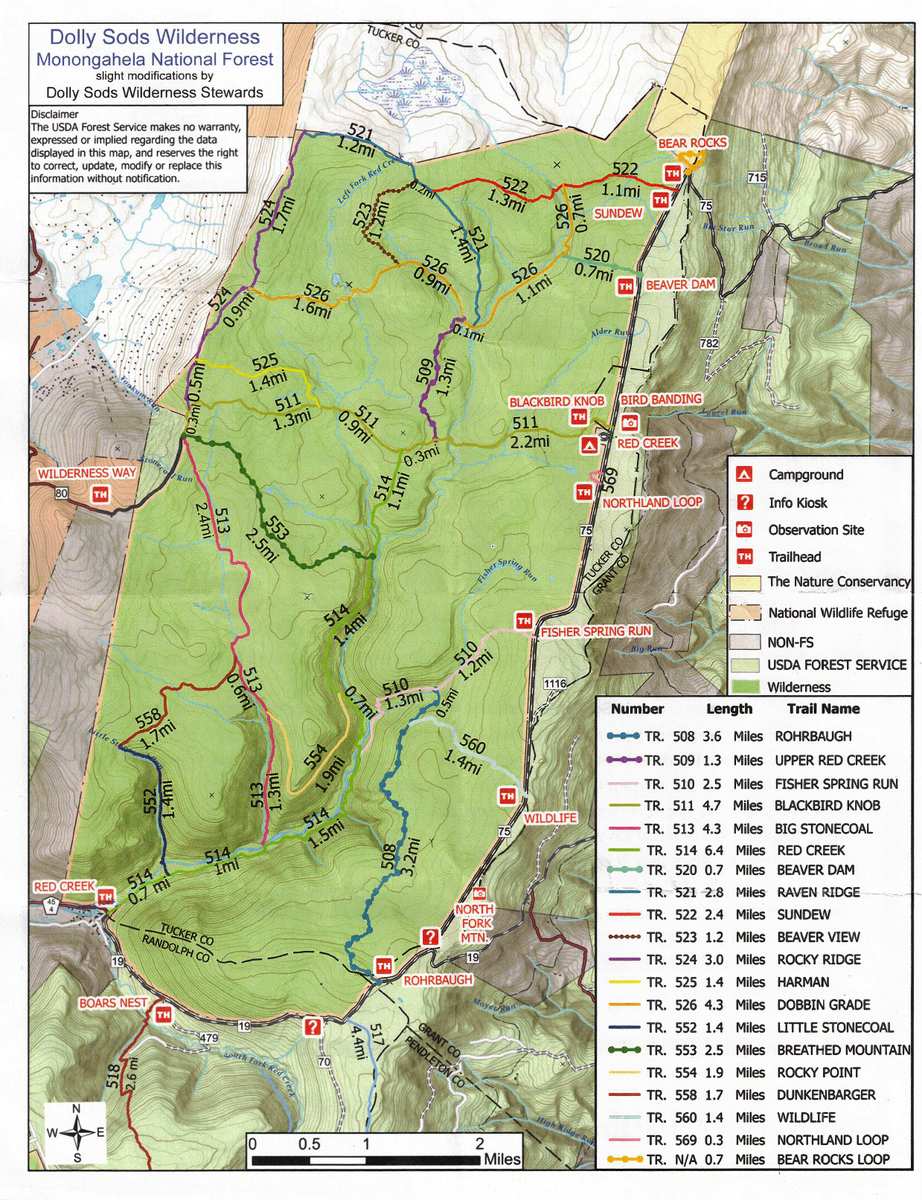
Sign up to receive a FREE copy of West Virginia Explorer Magazine in your email weekly. Sign me up!


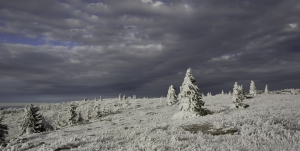
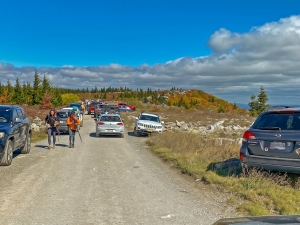

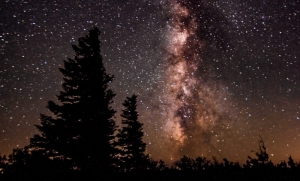
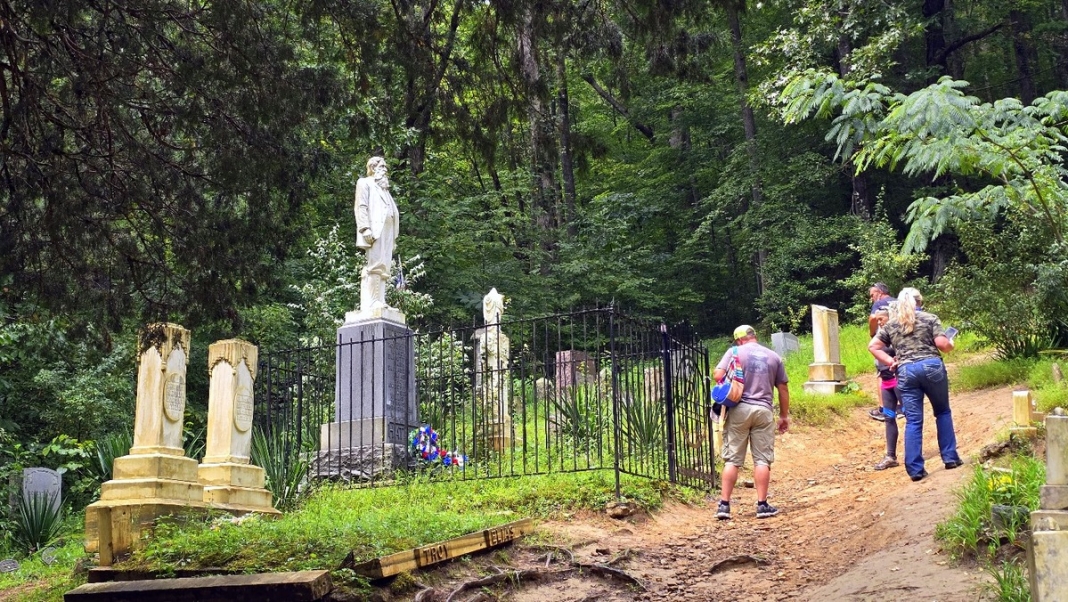

Enjoy it now, especially the dark sky and air. Once the huge data center complex and power plant are operating in Davis and Thomas, all that will be just history, more stumps that mark mankind's progress and legislators' willingness to shake the greed of outside interests.
Agreed and have a feeling they will have to ruin a Coldwater stream to cool the massive data center
Well, the upside is, it will deter more people from coming here. (Looking for a silver lining.)
Love that Area. Have been on the Sods 2 times years ago but have never forgotten it's Beauty . Thanks to All that are protecting it.
Have you read the other comments? It don't sound like it's being protected at all unfortunately
My brother considered Dolly Sods the closest you could get to heaven. He went there every year or more when he could. Went there on his honeymoon. Wanted his ashes spread over the Sods. So part of him is there forever.
This area is being over used. The FS needs to step up and create a permit system to use it. ELK..Wolves and Mtn lion should be re-introduced to the area. Bring back the rich wildlife resources that WV once had!!!!
I have been going to Dolly Sods since the seventies and it is unbelievable how crowded it is now. Please be kind to the area, it's extraordinary.
The most Calm Beautiful place that God gave his perfect art to us, It is by far the most extraordinary piece of nature Land that I've ever found, While camping there gave me such warm serenity. The best soul searching atmosphere that I've ever explored, There just isn't enough words to describe the feelings and emotions one can have. I fell in Love with this special Land. You must be there to experience the wonder .
Well said. And true. Very well said.
WV is a beautiful state but that's all it IS. The terrain is rough n hard to get to places from other areas of the state. It don't need big city life unless jobs are here n it made corporate. VA didn't want these area of state so it was made into 55 counties. The terrain is rough n it difficult to farm is what I read before. It's wild n beautiful n they do need to protect it more . Have security have more jobs for ppl. They try n preserve the land too much n there are no jobs n ppl come n destroy the beauty.
WV is a beautiful state but that's all it IS. The terrain is rough n hard to get to places from other areas of the state. It don't need big city life unless jobs are here n it made corporate. VA didn't want these area of state so it was made into 55 counties. The terrain is rough n it difficult to farm is what I read before. It's wild n beautiful n they do need to protect it more . Have security have more jobs for ppl. They try n preserve the land too much n there are no jobs n ppl come n destroy the beauty. They're building up in one part of state n not the other part n others are stuck paying high taxes n no jobs in other known areas of state. No future outlook for the youth n they leave the state for better jobs. I seen it time after time every year. The state can create more jobs if it wanted to but they hold back n we need more grocery stores n gas stations set up in every city n town. WV is high in obesity n overdose deaths. Bc of lack of healthy food stores. School system is poor also n than they wonder why ppl and families are exiting the state. No jobs is a biggest factor. No opportunities here in WV. They primate tourism but that's all it is.
400 families excited the state just past few years. No jobs is biggest factor. No housing is another factor. Poor school system . Lack of transportation in cities. Law enforcement way too rigid n strict. It's downright cruel to live here.......unless it's corporate greed running the state, it sure has u beat here . It taxes are moderate but still there are no opportunities for ppl.
And furthermore they building bridges n new iinfastrucure only to probably raise taxes but still no jobs being brought here . One part of state building up n other areas not. Why can't jobs be brought in like more factories that build stuff n produce things ppl want n need. These places was bought out n sold over multiple of times n I'm tired of seeing it. More jobs n the right kinds of jobs. Not one man operations jobs like a vape store foreigners are operating. U know there scammers bc they took money off a person's card n overcharged there bank card. Scammers. Im so tired of this happening. WV needs the right kinds of jobs. Get it the right kinds of jobs. Not one man operations jobs. What outlook for future youth to have in this ungodly world. But we can have strip bars n such what corruption is being promoted in the state. Causing homelessness in areas. Promoting homelessness here. Corporate greed n jealousy works of Satan. Is all being promoted here n being condoned by the klan.
Come off the ledge Tippy. You want jobs? Move to an urban setting. You want WV to remain as beautiful as it is.....just visit it when you can, because you get to choose where you live. Go live where the jobs are and leave the beautiful wilderness to be what it is.